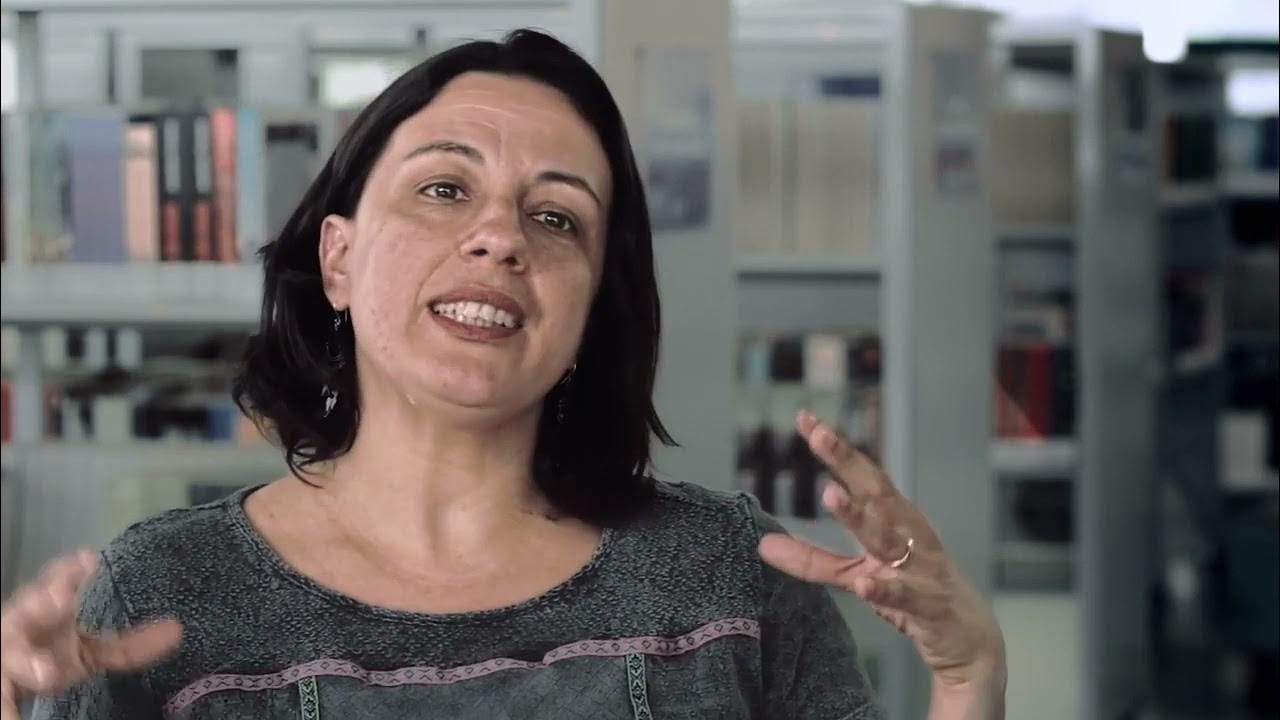Prevention of Violent Extremism in Kenyan and Somali Prisons
Summary
TLDRThe video explores the challenges and strategies involved in managing violent extremist prisoners within the prison system. It highlights the risks of radicalization, especially among impressionable young inmates, and the importance of preventing such behavior. The UNODC's global programs focus on segregation, staff training, and prison management to reduce radicalization. Initiatives such as the use of prison record management systems, rehabilitative education, and moderate religious teachings aim to facilitate the reintegration of these individuals into society. The efforts extend across various countries, including Somalia and Kenya, to improve prison security and rehabilitate offenders.
Takeaways
- 😀 Violent extremism is a global threat, often driven by ideological, political, religious, or social motivations.
- 😀 Prisons can become hotspots for radicalization, where extremist elements can network and recruit new individuals.
- 😀 Violent extremist prisoners undermine prison safety and the core objectives of incarceration, particularly the protection of society.
- 😀 The UNODC developed a handbook in 2016 to provide technical guidance on managing violent extremist prisoners and preventing radicalization in prisons.
- 😀 UNODC's global maritime crime program focuses on enhancing prison services to manage violent extremists and support rehabilitation and reintegration.
- 😀 In Somaliland, UNODC is implementing programs to prevent violent extremism in prisons, emphasizing the importance of keeping radicalized individuals segregated from others.
- 😀 There are concerns about young and impressionable prisoners who are vulnerable to radicalization, particularly those incarcerated for non-terrorist crimes.
- 😀 UNODC's programming includes physical and procedural segregation of prisoners based on their risk levels to prevent the spread of radicalization.
- 😀 Specialized staff training, including for security teams, is crucial for managing high-risk prisoners and preventing the radicalization of inmates.
- 😀 In Kenya, UNODC has introduced a prison record management system to improve tracking and risk assessments of prisoners, moving away from paper-based systems.
- 😀 UNODC supports prisoner rehabilitation through education, vocational training, and moderate religious teachings to prepare individuals for reintegration into society.
- 😀 The construction of new international-standard prisons in Somalia, in collaboration with UNODC, aims to improve rehabilitation and provide better opportunities for prisoners to reintegrate into society.
Q & A
What is the main issue highlighted in the transcript?
-The main issue is the radicalization and recruitment of violent extremist prisoners within prisons, which poses a threat to prison safety, security, and society at large.
What role does UNODC play in addressing violent extremism in prisons?
-UNODC developed a handbook providing technical guidance on managing violent extremist prisoners, preventing radicalization, and promoting successful rehabilitation and reintegration post-sentence.
Why are prisons considered breeding grounds for violent extremism?
-Prisons can become breeding grounds for violent extremism because prisoners, especially vulnerable individuals, may be influenced or radicalized by more experienced extremist inmates. This can lead to the recruitment of others and undermine prison safety.
How does UNODC's programming aim to reduce violent extremism in prisons?
-UNODC's programming focuses on improving prison management, separating high-risk prisoners, promoting disengagement interventions, and supporting rehabilitation efforts for successful reintegration into society.
What specific challenges are faced by prisons in regions like Somaliland in dealing with radicalized prisoners?
-Prisons in regions like Somaliland face the challenge of managing prisoners who may be radicalized while serving sentences for smaller offenses, such as rape, and are later arrested for more serious terrorism charges.
How is prisoner segregation handled in prisons dealing with violent extremist inmates?
-Prisoners who are considered high-risk for radicalization are segregated from the general population, though they may not always be physically separated. Segregation helps reduce the influence of extremist leaders on impressionable prisoners.
What is dynamic security, and how does it help manage violent extremist prisoners?
-Dynamic security involves adjusting security measures based on the behavior and classification of prisoners. This allows for more effective separation and monitoring of violent extremist prisoners to minimize their influence on others.
What technological tool has UNODC introduced to improve prison management?
-UNODC has introduced a FileMaker database system to replace paper-based tracking of prisoners, allowing for better management, risk assessments, and detailed records of each prisoner’s behavior, rehabilitation efforts, and risks.
How does the prison record management system help in managing violent extremist prisoners?
-The system allows prison staff to track detailed information about each prisoner, including their risk level, behavior, education, rehabilitation programs, and interactions, enabling more efficient management and safer handling of violent extremist inmates.
What are some rehabilitation programs being implemented in prisons in Somalia?
-In Somalia, rehabilitation efforts include education programs, moderate religious teaching, vocational training, and healthcare training for prisoners. These programs aim to reintegrate prisoners into society and reduce their chances of reoffending.
Why is it important to have international partners like UNODC in addressing extremism in Somali prisons?
-International partners like UNODC provide technical expertise, resources, and guidance that help local authorities improve prison conditions, manage extremist prisoners more effectively, and promote rehabilitation and reintegration programs.
Outlines

このセクションは有料ユーザー限定です。 アクセスするには、アップグレードをお願いします。
今すぐアップグレードMindmap

このセクションは有料ユーザー限定です。 アクセスするには、アップグレードをお願いします。
今すぐアップグレードKeywords

このセクションは有料ユーザー限定です。 アクセスするには、アップグレードをお願いします。
今すぐアップグレードHighlights

このセクションは有料ユーザー限定です。 アクセスするには、アップグレードをお願いします。
今すぐアップグレードTranscripts

このセクションは有料ユーザー限定です。 アクセスするには、アップグレードをお願いします。
今すぐアップグレード関連動画をさらに表示

Imbas Video Dugem di Rutan Pekanbaru yang Viral, 4 Napi Kini Dipindah ke Nusakambangan

American Prison vs Chinese Prison - Which Is Actually Worse?

Nas prisões, doenças matam mais que violência | VIOLÊNCIA ENCARCERADA

Guerras do Brasil Doc. Episódio 5

Supermax: Inside the prison where El Chapo may serve his life sentence

‘Kakosa Kaklase,’ dokumentaryo ni Kara David (Full Episode) | I-Witness
5.0 / 5 (0 votes)
